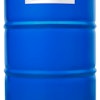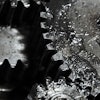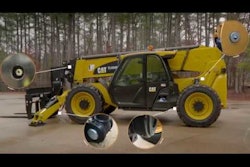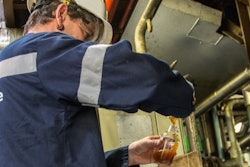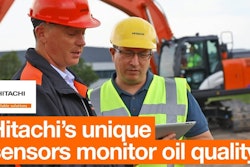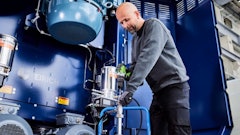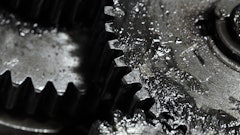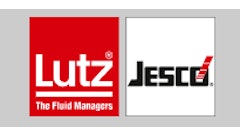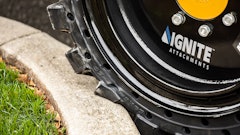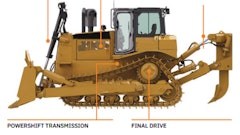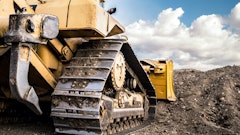
Originally published on Chevron Lube Matters blog
We spend a lot of time talking to customers about the importance of lubricant cleanliness. It seems we cannot emphasize enough the measures you can and should take to reduce the risk of particle contamination to protect equipment.
Apparently, our message is getting through — so much so, in fact, that we hear this type of request from customers all the time: “Okay, I want my new or in-service oil filtered to five microns.”
What’s encouraging about this statement is that the customer clearly recognizes the need for clean filtered oil.
However, it’s also a prime example of a customer not fully understanding filtration and cleanliness. Literally removing all particles larger than five microns would be very difficult and very expensive, and perhaps not even possible based on the formulation of the lubricant. However, we welcome the opportunity to share some knowledge that we hope will help customers set realistic expectations about their oil cleanliness requirements.
First, customers should understand that they need to focus on the complete ISO cleanliness code, rather than just a specific micron level. We have more information on understanding ISOCLEAN® cleanliness codes that will help you better understand ISO codes and how to read them.
Next, learn how manufacturers set the ISO Cleanliness Code for any lubricant based on the design clearances of the component being lubricated, as well as system-designed pressures, temperatures and operating conditions. Based on this, it is important to find the ISO Cleanliness Code set by the equipment or component manufacturer for your particular application. If you cannot find the OEM requirement, tell us what type of component you need to lubricate — be it servo valves, a hydraulic pump, roller bearing elements, journal bearings or any other moving parts in the machinery. It is also very important to work with your lubricant manufacture to see if it is even possible to filter your oil to that level.
To understand the opportunity for change compare your current oil cleanliness level with your OEM requirements using Noria’s Life Extension Tables to demonstrate the potential component life opportunity. You can then use this data to start quantifying the actual dollars this change will impact your operation or what it is actually costing you today.
We also have a simple online tool, the ISOCLEAN® Calculator. It’s designed to help estimate potential equipment life based on lubricant cleanliness levels. We invite you to give it a try or call us and we will help you start the process with a no-obligation site assessment.
Please keep those requests and questions coming. We’re always ready to work with you to achieve the optimal cleanliness goals to help protect your equipment and prolong its life.
Jason Gerig is currently the Americas ISOCLEAN Business Manager for Chevron Lubricants where he is implementing an industry leading business model for certified clean lubricants. He has 23 years of experience in the lubricants and fuel industry holding various positions in operations management, marketing, and sales with his primary passion focused on equipment reliability utilizing certified clean lubricants. He holds a B.S. degree in Business Marketing from the University of Wyoming and has been recognized by the Society of Tribologists and Lubricant Engineers as a Certified Lubricant Specialist and Oil Monitoring Analyst.

